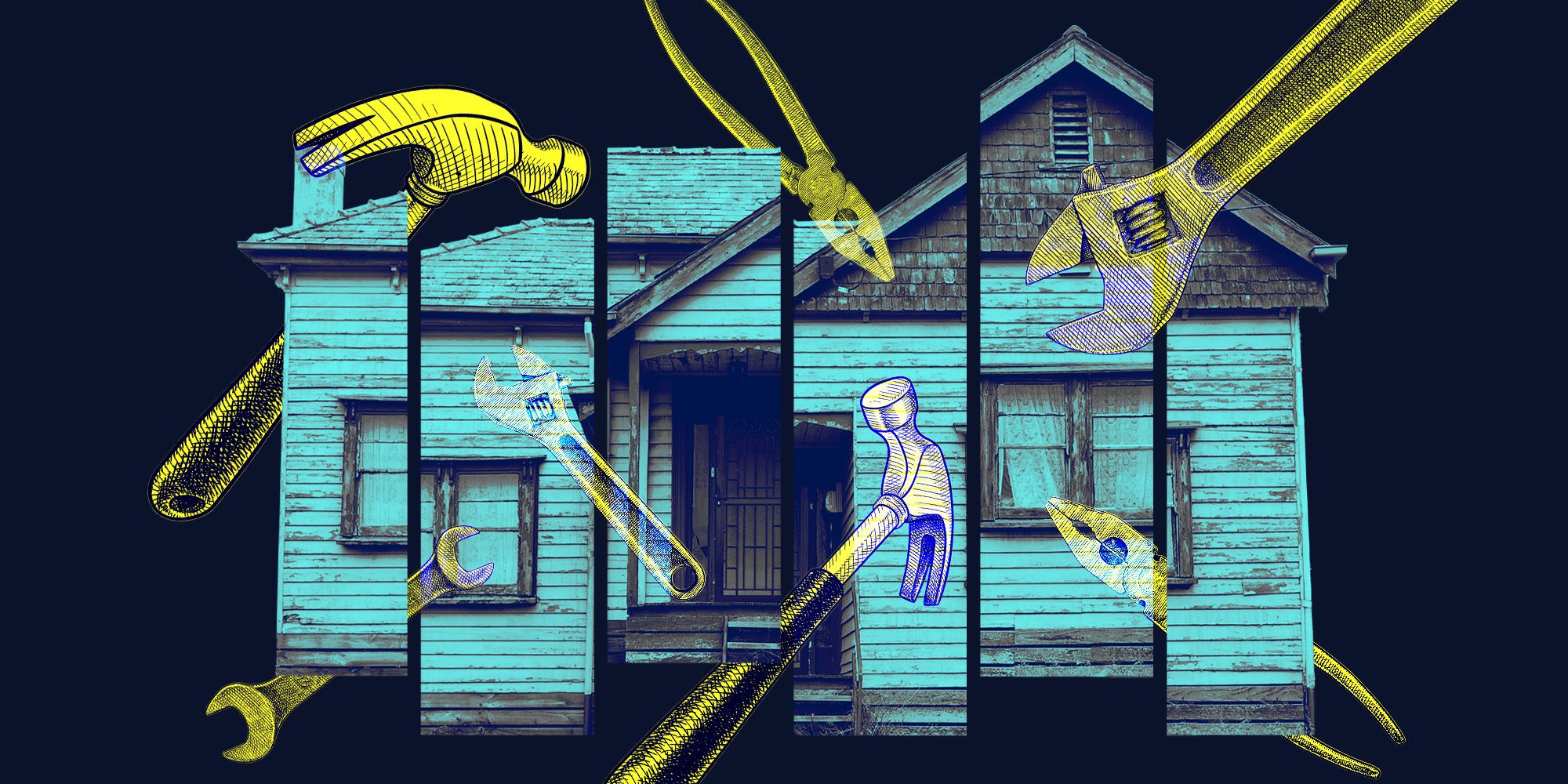While inflation is cooling, interest rates remain high, which puts a damper on Americans’ plans to buy a home or refinance their existing mortgages. The natural question many homeowners are asking themselves in this economic climate: Should I buy a home now at high rates and refinance later, or should I wait for rates to fall? We posed the question to several real estate and mortgage professionals and educators, and their answers may surprise you.
When buyers should buy now and refinance later
Robert Johnson, a professor at Heider College of Business at Creighton University, points out that purchase price and mortgage rate are the two primary financial factors potential homebuyers consider when buying a home, but there’s a critical distinction between the two.
“What many fail to understand is that only one—mortgage rate—can be renegotiated,” says Johnson. “Once a home is purchased, you can’t renegotiate the purchase price. What this means, in my opinion, is that if you find a home you believe is priced attractively, I would be more apt to pull the trigger than if mortgage rates are attractive and home prices seem high. In financial terms, you have optionality for the remainder of your mortgage to renegotiate terms. You don’t have that option with a purchase price.”
As the saying goes, “Marry the home, but date the rate.”
Additionally, you may experience other unique benefits if you buy a home in the current climate. “Buyers who are in the market while interest rates are high may have certain advantages that they otherwise wouldn’t, such as less competition and more negotiating power,” states Afifa Saburi, senior researcher at Veterans United Home Loans. “While they still have the option to refinance, potentially more than once throughout their 15- or 30-year mortgage term, they also have the opportunity to build equity and wealth.”
As with many financial questions, the answer may not be cut and dried, as it will depend on your financial situation and forces outside your control. For example, it’s hard to consider mortgage rates in a financial decision when it’s unclear which direction they will move.
Regarding whether to buy now and refinance later or adopt a wait-and-see approach to , economist Peter C. Earle from the American Institute for Economic Research says it’s hard to predict. “Typically, the rule of thumb is that one wouldn’t finance unless the new mortgage rate to lock in is at least 0.75% to 1% lower than the established rate,” says Earle.
“The Fed has jawboned exhaustively about their intention to keep rates at present levels once their hiking campaign is over, but if the U.S. enters a recession, it’s not at all clear that they won’t drop rates. That’s been their playbook since the Greenspan era,” said Earle, referring to Alan Greenspan, the former chairman of the Federal Reserve of the United States.
When buyers should wait until rates drop back down
No matter when you buy a home, the decision should be based on sound financials, namely, whether you can afford the payments and how long you plan on staying in the home long-term.
Brian Wittman, owner and CEO of SILT Real Estate and Investments, cautions: “I don’t believe in the philosophy that buying now and refinancing later is the best course of action. We’re still not sure of the direction of the housing market, including both property values and interest rates. The problem with this particular philosophy is that buying now and hoping that interest rates go down to make your payment better is bad financial planning. If you can’t really afford the payment now, you’ll be overpaying while you wait and hope for interest rates to drop.”
For existing homeowners, the decision to buy now and refinance later, or wait until mortgage rates fall, may come down to your existing home’s mortgage rate. “In general, I’d suggest not selling or refinancing your home if the rates are higher than your existing mortgage, especially if you want to purchase a new house,” advises Michael Gifford, CEO and co-founder at Splitero.
The bottom line
If you’ve decided to take out a mortgage now, but have concerns about locking yourself into a high rate, consider getting a mortgage with a float-down option. This feature allows you to lock in your interest rate while also allowing you to take advantage of a lower rate within a specific period.
Not sure whether to buy a home now and refinance it later, or wait for mortgage rates to drop? It may help to know there are other alternatives worth considering. One option is to make improvements to your home using funds from a home equity loan or home equity line of credit (HELOC). Tapping into your home equity to upgrade your property may increase its value.


 Facebook
Facebook
 X
X
 Pinterest
Pinterest
 Copy Link
Copy Link








 Even if you’re on a budget, make sure to purchase specialty boxes. Just one wardrobe box per bedroom will help tremendously. Your clothes will not arrive at your new home wrinkled and you won’t have to worry about packing your hangers.
Even if you’re on a budget, make sure to purchase specialty boxes. Just one wardrobe box per bedroom will help tremendously. Your clothes will not arrive at your new home wrinkled and you won’t have to worry about packing your hangers. 2 – Allow Enough Time
2 – Allow Enough Time
 5 – Room by Room Tips
5 – Room by Room Tips


